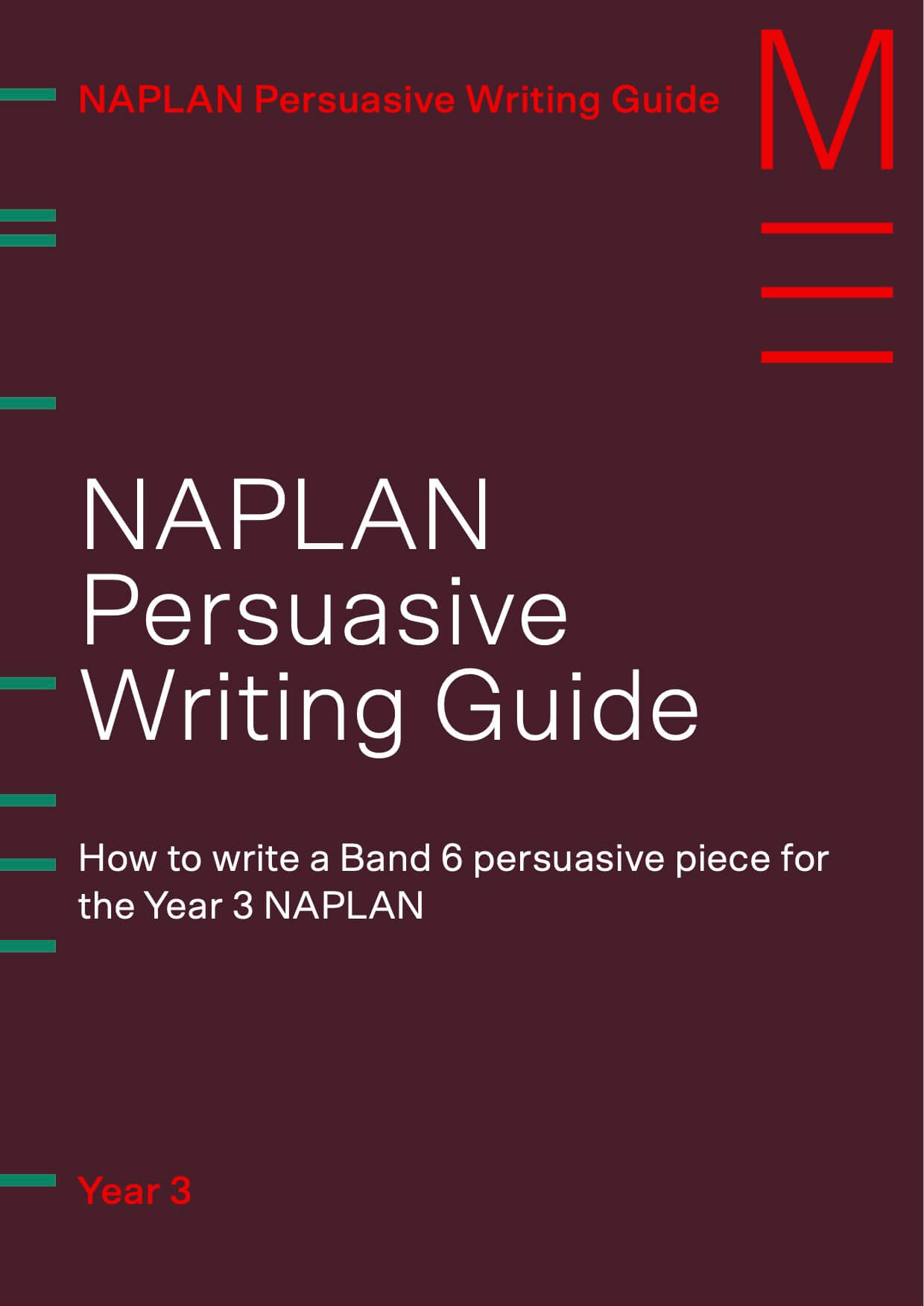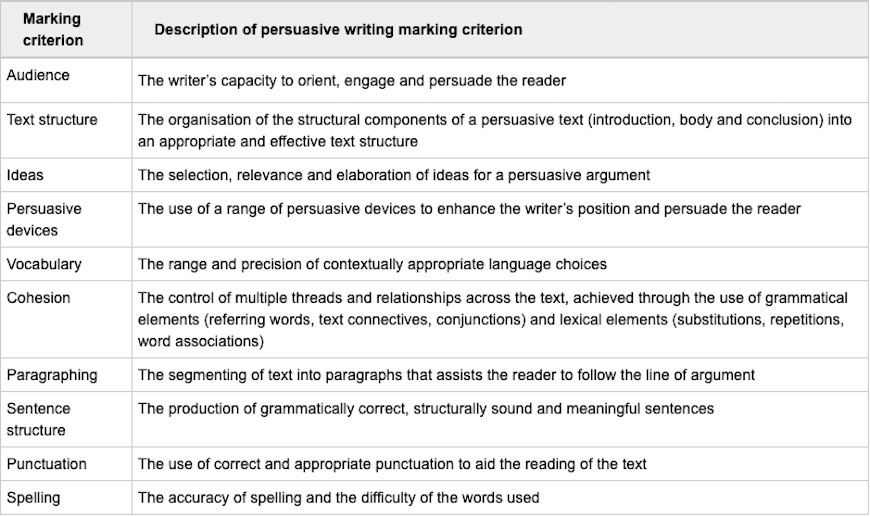Welcome to Matrix Education
To ensure we are showing you the most relevant content, please select your location below.
Select a year to see courses
Learn online or on-campus during the term or school holidays
Learn online or on-campus during the term or school holidays
Learn online or on-campus during the term or school holidays
Learn online or on-campus during the term or school holidays
Learn online or on-campus during the term or school holidays
Learn online or on-campus during the term or school holidays
Learn online or on-campus during the term or school holidays
Get HSC exam ready in just a week
Select a year to see available courses
Science guides to help you get ahead
Science guides to help you get ahead
Struggling to help your child practise their persuasive writing? This article will show how parents and students can work together to write a Band 6 persuasive piece.

Join 75,893 students who already have a head start.
"*" indicates required fields
You might also like
Related courses
When it comes to primary school, parents often struggle to get a clear picture of their child’s expected persuasive writing ability. How do you know your child is on the right track? Is there a way to practise persuasive writing? In this article, we’re going to show you what it takes to achieve the top band in NAPLAN persuasive writing.

How to write a Band 6 persuasive piece for the Year 3 NAPLAN.

Fill out your details below to get this resource emailed to you.
"*" indicates required fields
Most of the time, students have no trouble communicating their opinion on an issue. However, persuasive writing asks students to take this further – moving past communication, persuasive writing must be convincing.
The hard part for parents is helping children create cohesive arguments that also meet the NAPLAN marking criteria.
Firstly, we need to understand the task at hand. Students taking the Year 3 NAPLAN writing exam are given 40 minutes to write either a persuasive or narrative piece based on a prompt.
The prompt will provide an idea or issue and ask students to write about their opinions agreeing or disagreeing with the statement. It’s up to the student what stance they want to take, or whether they will argue for both sides.
Overall, establishing the relationship between writer and reader is an essential step towards writing persuasively! Students need to think about how they sound to the reader and how this will affect the way their opinions are conveyed.
Great persuasive writers take a clear position in relation to their readers’ expected values to base their argument.
Learn with Matrix+ Online
Expert teachers, comprehensive resources and one-to-one help. Help your child develop strong skills for English, Maths and the OC test, wherever you are.
So, what can you do to help your child improve their persuasive writing skills? It all starts with the parents. We recommend parents become familiar with the NAPLAN marking criteria and learn how to provide effective feedback with our guide to evaluating persuasive writing.
Remember, it’s perfectly normal for students’ writing to contain errors at this time. In fact, it’s easy for parents to get wrapped up in grammatical, punctuation, and spelling errors. While these are all important to learn, students can be overloaded with information if parents point out every single mistake in their child’s writing.
Remember to focus your feedback on small, actionable suggestions.
To make the process easier for parents and students, we’ve broken up the NAPLAN persuasive marking criteria into question-based steps. Parents should read through the marking criteria descriptions below to get an idea of what skill each criterion assesses.

When marking, parents should focus on the broader ideas in the text before moving onto the finer details. A good place to start is by looking at the larger ideas and persuasive arguments put forth. These are covered under the audience and ideas sections of the marking criteria.
Ask yourself the following:
In this step, parents can move on to the text structure, paragraphing, persuasive devices, and cohesion sections of the marking criteria. These are all criterion testing the effectiveness of your child’s persuasive writing.
Questions you should ask yourself as the marker are:
Before moving to the final step of the evaluation process, allow your child some time to take in the feedback you have just provided them.
Lastly, parents can highlight mistakes in spelling, punctuation, sentence structure, and vocabulary.
Remember that Year 3 writers are beginners! Focus feedback on repeated mistakes and avoid excessively pointing out one-off mistakes.
Confidence in one’s opinion is important for persuasive writing success. That’s why positive reinforcement is essential for developing students’ confidence in their opinion.
The more confident a student is in their opinion, the more likely they are to put forward interesting and engaging arguments without the fear of being wrong.
Remember these points when communicating feedback:
The easier students make it for readers – and in the case of NAPLAN – markers, to understand their ideas, the higher their marks will be. With all of the different moving parts in a persuasive writing exam, students can forget what to focus on.
Students and parents should work towards these three major goals to grow their persuasive writing ability
Tip 1: Have structured writing
Separate writing into paragraphed sections consisting of an introduction, body, and conclusion. While the introduction and conclusion should be one paragraph each, the body should have multiple paragraphs.
Remember, the NAPLAN persuasive writing marking criteria gives 0-3 points for effective paragraphing and 0-4 points for text structure, so this is an easy section to grab some extra marks!
Tip 2: Get familiar with persuasive devices
Basic persuasive devices can enhance your child’s writing. Year 3 students can begin to think about devices such as high modality language, emotive language, and analogies. Find the definitions of these techniques in our free English Literary Techniques Toolkit.
The use of persuasive devices also accounts for 0-4 points, so it’s worth spending some time to learn a few basic techniques.
Tip 3: Always have evidence
All arguments need evidence! This is where the writer-reader relationship becomes important for students to think about. Students should ask themselves why a reader would trust the arguments they make. This will lead to thinking about how students can write in a way that readers will trust.
At the Year 3 level, students can draw evidence from a variety of informal sources. Students should fall back on their own personal experiences and anecdotes for sources of evidence.
Ready to get your child practising writing a persuasive for the Year 3 NAPLAN writing exam, but unsure of where to start? Use our free NAPLAN Persuasive Writing Guide for a step-by-step on planning, writing, and marking your child’s persuasive writing.
If you’re after more Primary School and NAPLAN resources and advice, you should check out our other articles. We are always adding new articles to support our community of students and parents:
And we have these download resources to support parents and students:
Written by Alfred Cho
Alfred Cho studies at the University of Sydney undertaking a Bachelor of Advanced Studies in Media and Communications and a Bachelor of English. Alfred is an English Teacher at Matrix with a keen interest in film, radio, and TV production.© Matrix Education and www.matrix.edu.au, 2023. Unauthorised use and/or duplication of this material without express and written permission from this site’s author and/or owner is strictly prohibited. Excerpts and links may be used, provided that full and clear credit is given to Matrix Education and www.matrix.edu.au with appropriate and specific direction to the original content.